Symmetry Groups for the Decomposition of Reversible Computers, Quantum Computers, and Computers in between
Abstract
:1. Introduction
2. Control Circuits and Control Gates
3. Symmetric Groups
- the first consisting of q subcircuits each of degree p,
- the second consisting of p subcircuits each of degree q, and
- the third consisting again of q subcircuits each of degree p.
4. Unitary Groups
4.1. Dimensional Analysis
- For any factorization , an arbitrary member a of the symmetric group S can be decomposed as the product , where both and are member of a same Young subgroup S and c is a member of a dual Young subgroup S.
- Only for the factorization , an arbitrary member a of the unitary group U(m) can be decomposed as the product , where both and are members of a same subgroup U and c is a member of a dual subgroup U.
4.2. Decomposition
4.3. Alternative Approaches
5. Intermediate Groups
- For a decomposition like Figure 4a to be possible, it is necessary thati.e., thatSubstitution of (7) into (9) givesleading to the additional condition . This result, together with from (8) sets , such that . As a result, the necessary conditions for a decomposition according to Figure 4a (and subsequently a Birkhoff like decomposition) areThis is illustrated by the dark gray domain in the upper left panel of Figure 9. It may be noted that the conditions for a Birkhoff-like decomposition almost coincide with the general conditions (8) for . Therefore, a linear-dimensional matrix group () is likely to be decomposable by means of a Birkhoff architecture. An example would be the Heisenberg group H(), which is a linear-dimensional Lie group [26] of dimension and is depicted in the upper left panel of Figure 9 by (h). At this point, it is worth stressing that (10) is a necessary and not a sufficient condition. Therefore, once a particular group has passed the test (10), it is not guaranteed that it is Birkhoff-style decomposable. The Heisenberg group is a notable example, because deeper analysis points out that a general Heisenberg matrix of H() cannot be decomposed into a member of H H H. So, although the Heisenberg group fulfills relation (10), in general it can not be decomposed into a Birkhoff-style architecture. For quadratic groups, the conclusion we can draw from (10) is much more straightforward: since , a general Birkhoff-like decomposition is impossible on dimensional grounds.
- For a decomposition like Figure 4b to be possible, it is necessary thati.e., thatSubstitution of (7) into (11) givesleading to the additional condition . As a result, the necessary conditions for a decomposition according to Figure 4b (and subsequently a “cosine-sine”-like decomposition) areThis is illustrated by the light gray domains in the panels of Figure 9. It should be noted that, for , the conditions (10) and (12) coincide exactly. The result suggests that a large set of Lie groups may profit from a decomposition according Figure 4b. As an example, we consider the unitary matrices with all line sums equal to 1. They form a Lie group with dimension and are depicted by (ls) in Figure 9. The group is both a subgroup of U(m) and a supergroup of . Here, neither (10) nor (12) is fulfilled. Thus these matrices cannot be decomposed, neither as in Figure 4a nor as in Figure 4b, and consequently neither as in Figure 5d nor as in Figure 7d. Another example consists of the unitary matrices with only real entries. These matrices form the orthogonal group O(m) with dimension and are depicted by (o) in Figure 9. This time, (10) is not fulfilled, but (12) is, such that the Birkhoff-like decomposition is not applicable, but the “cosine-sine”-like decomposition may be applicable. As a matter of fact, it is. This is no surprise, as the cosine-sine decomposition is proved for orthogonal matrices [27]. In contrast to the general case treated in Section 4.2, the lowermost row of blocks in Figure 7d, in the orthogonal case, are member of the same O(2) group as the other blocks. The same is valid for the special unitary groups SU(m) with , depicted by (su) in Figure 9.
6. Conclusions
References and Notes
- Shor, P. Polynomial-time algorithms for prime factorization and discrete logarithms on a quantum computer. SIAM J. Comput. 1997, 26, 1484–1509. [Google Scholar] [CrossRef]
- Grover, L. Quantum mechanics helps in searching for a needle in a haystack. Phys. Rev. Lett. 1997, 79, 325–328. [Google Scholar] [CrossRef]
- Deutsch, D.; Jozsa, R. Rapid solution of problems by quantum computation. Proc. R. Soc. London Ser. A 1992, 439, 553–558. [Google Scholar] [CrossRef]
- Landauer, R. Irreversibility and heat generation in the computational process. IBM J. Res. Dev. 1961, 5, 183–191. [Google Scholar] [CrossRef]
- Keyes, R.; Landauer, R. Minimal energy dissipation in logic. IBM J. Res. Dev. 1970, 14, 153–157. [Google Scholar] [CrossRef]
- Markov, I. An introduction to reversible circuits. In Proceedings of the 12th International Workshop on Logic and Synthesis, Laguna Beach, CA, USA, May 2003; pp. 318–319. [Google Scholar]
- De Vos, A.; Van Rentergem, Y. From group theory to reversible computers. Int. J. Unconv. Comput. 2007, 4, 79–88. [Google Scholar]
- Hayes, B. Reverse engineering. Am. Sci. 2006, 94, 107–111. [Google Scholar] [CrossRef]
- Wille, R.; Drechsler, R. Towards a Design Flow for Reversible Logic; Springer: Dordrecht, The Netherlands, 2010. [Google Scholar]
- De Vos, A. Reversible Computing; Wiley-VCH: Weinheim, Germany, 2010. [Google Scholar]
- Kerntopf, P. Research on reversible computation in the year 2010. In Proceedings of the 3rd Reversible Computation Workshop, Gent, Belgium, July 2011. [Google Scholar]
- Wille, R.; Drechsler, R. BDD-based synthesis of reversible logic for large functions. In Proceedings of the 46th Design Automation Conference, San Francisco, CA, USA, July 2009; pp. 270–275. [Google Scholar]
- Thus a measurement of these (qu)bits before or after the computation would lead to the same results.
- Möttönen, M.; Vartiainen, J.; Bergholm, V.; Salomaa, M. Quantum circuits for general multi-qubit gates. Phys. Rev. Lett. 2004, 93, 130502. [Google Scholar] [CrossRef] [PubMed]
- Bergholm, V.; Vartiainen, J.; Möttönen, M.; Salomaa, M. Quantum circuits with uniformly controlled one-qubit gates. Phys. Rev. A 2005, 71, 052330. [Google Scholar] [CrossRef]
- De Vos, A.; Van Rentergem, Y. Young subgroups for reversible computers. Adv. Math. Commun. 2008, 2, 183–200. [Google Scholar]
- Here the infinity sign ∞ refers to the cardinality of the real numbers, i.e., to an uncountable infinity. As an m × m complex matrix has m2 comples entries, there are such matrices. The unitarity condition, however, introduces m2 restrictions, leaving m2 degrees of freedom and hence such matrices.
- De Vos, A.; Van Rentergem, Y. Networks for reversible logic. In Proceedings of the 8th International Workshop on Boolean Problems, Freiberg, Germany, September 2008; pp. 41–47. [Google Scholar]
- De Vos, A.; De Baerdemacker, S. Linear reversible computing: Digital versus analog. Int. J. Unconv. Comput. 2010, 6, 239–263. [Google Scholar]
- Bhatia, R. Matrix Analysis; Springer: New York, NY, USA, 1997; pp. 195–203. [Google Scholar]
- Khan, F.; Perkowski, M. Synthesis of ternary quantum logic circuits by decomposition. In Proceedings of the 7th International Symposium on Representations and Methodology of Future Computing Technologies, Tokyo, Japan, September 2005; pp. 114–118. [Google Scholar]
- Slepoy, A. Quantum Gate Decomposition Algorithms; Sandia Report, SAND2006-3440; Sandia National Laboratories: Albuquerque, NM, USA, 2006.
- Shende, V.; Bullock, S.; Markov, I. Synthesis of quantum-logic circuits. IEEE Trans. Comput. Aided Des. Integr. Circuits Syst. 2006, 25, 1000–1010. [Google Scholar] [CrossRef]
- Nakajima, Y.; Kawano, Y.; Sekigawa, H. A new algorithm for producing quantum circuits using KAK decompositions. Quantum Inf. Comput. 2006, 6, 67–80. [Google Scholar]
- Gilmore, R. Lie Groups, Lie Algebras and Some of Their Applications; John Wiley & Sons: New York, NY, USA, 1974. [Google Scholar]
- Hall, B. Lie Groups, Lie Algebras, and Representations; Springer: New York, NY, USA, 2003; pp. 18–25. [Google Scholar]
- Golub, G.; Van Loan, C. Matrix Computations; John Hopkins University Press: Baltimore, MD, USA, 1996; pp. 75–79. [Google Scholar]
- Barenco, A.; Bennett, C.; Cleve, R.; DiVincenzo, D.; Margolus, N.; Shor, P.; Sleator, T.; Smolin, J.; Weinfurter, H. Elementary gates for quantum computation. Phys. Rev. A 1995, 52, 3457–3467. [Google Scholar] [CrossRef] [PubMed]
- Gasiorowicz, S. Quantum Physics; John Wiley: New York, NY, USA, 1974; p. 232. [Google Scholar]
- Deutsch, D. Quantum computation. Phys. World 1992, 5, 57–61. [Google Scholar] [CrossRef]
- Deutsch, D.; Ekert, A.; Lupacchini, R. Machines, logic and quantum physics. Bull. Symbolic Log. 2000, 3, 265–283. [Google Scholar] [CrossRef]
- Galindo, A.; Martín-Delgado, M. Information and computation: Classical and quantum aspects. Rev. Mod. Phys. 2002, 74, 347–423. [Google Scholar] [CrossRef]
- Miller, D. Decision diagram techniques for reversible and quantum circuits. In Proceedings of the 8th International Workshop on Boolean Problems, Freiberg, Germany, September 2008; pp. 1–15. [Google Scholar]
Appendix
A. Proof of a Theorem in Combinatorics
B. Lie Algebra of U(2)
C. NEGATORs
- The identity matrix (representing the 1-qubit follower) is recovered by setting :
- The 1-qubit NOT gate is recovered by setting :
- Finally, the ‘other’ square-root of NOT is found by :
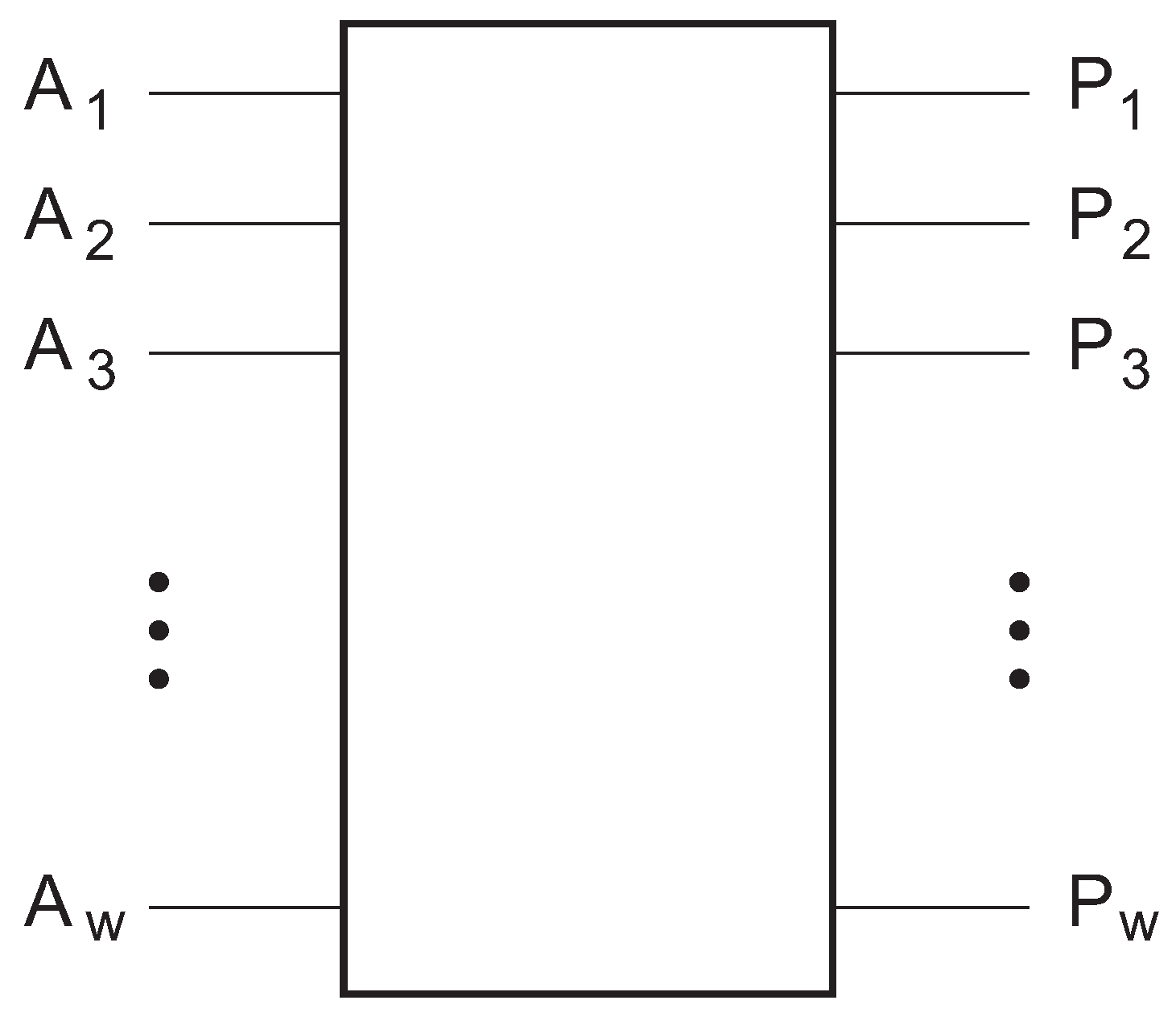
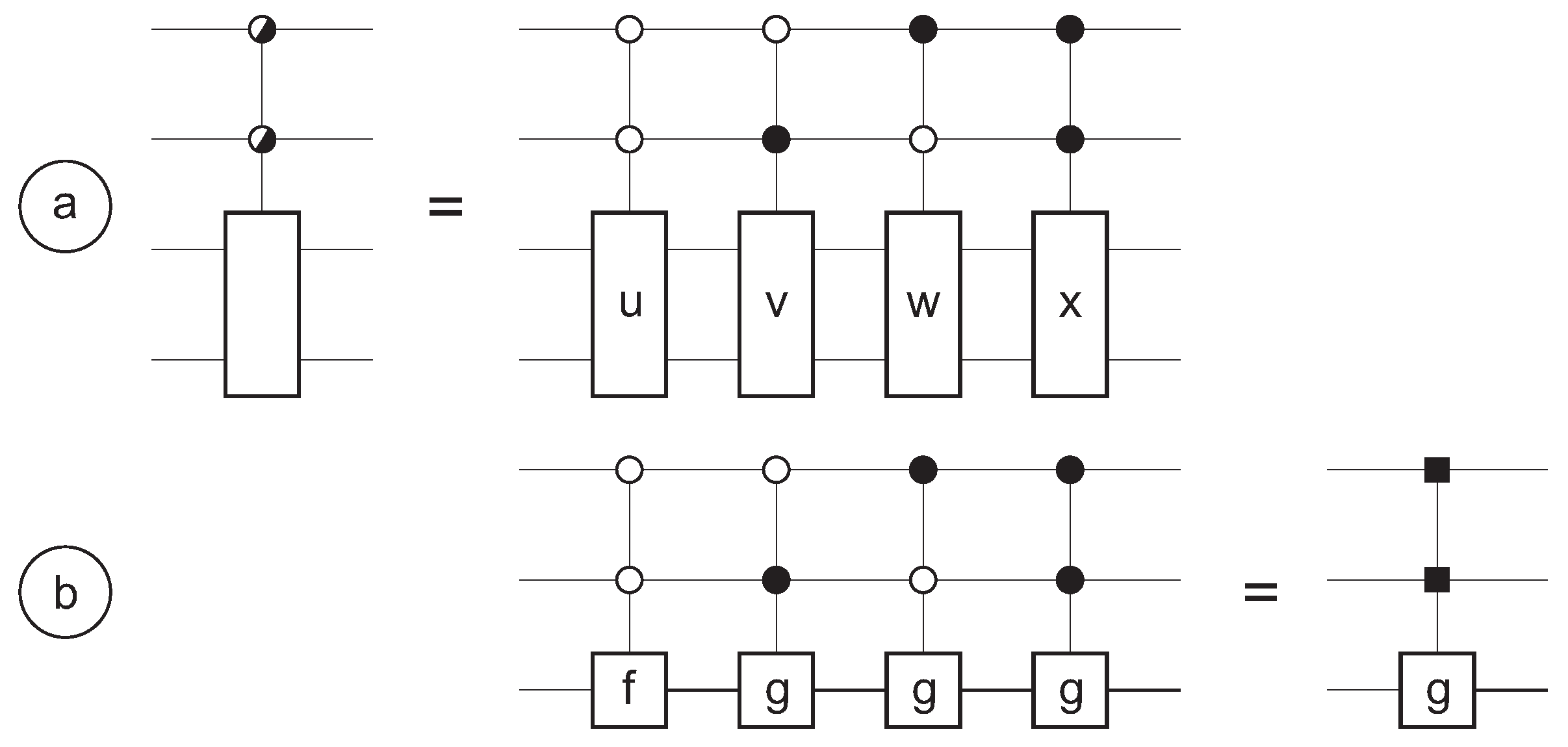
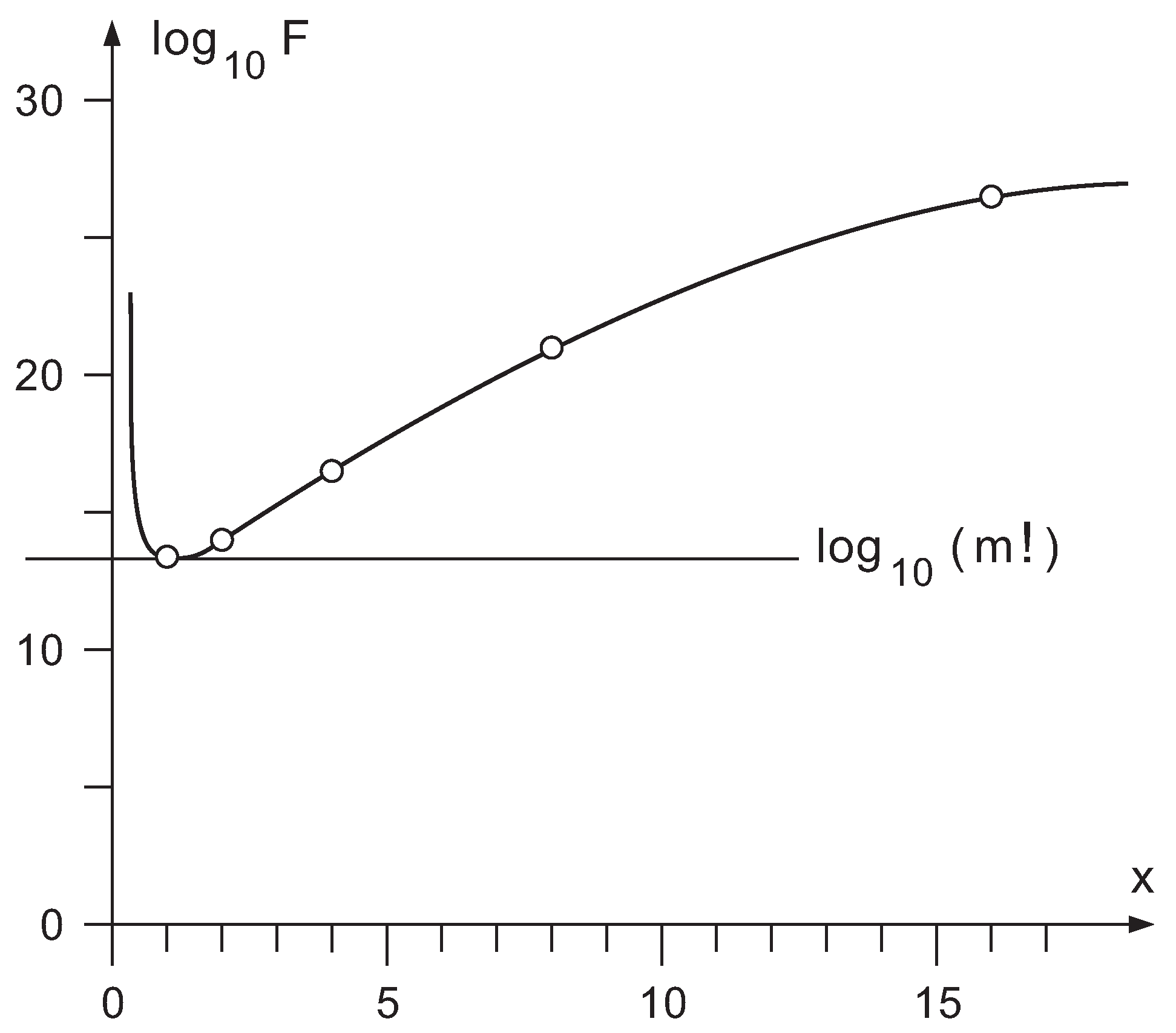
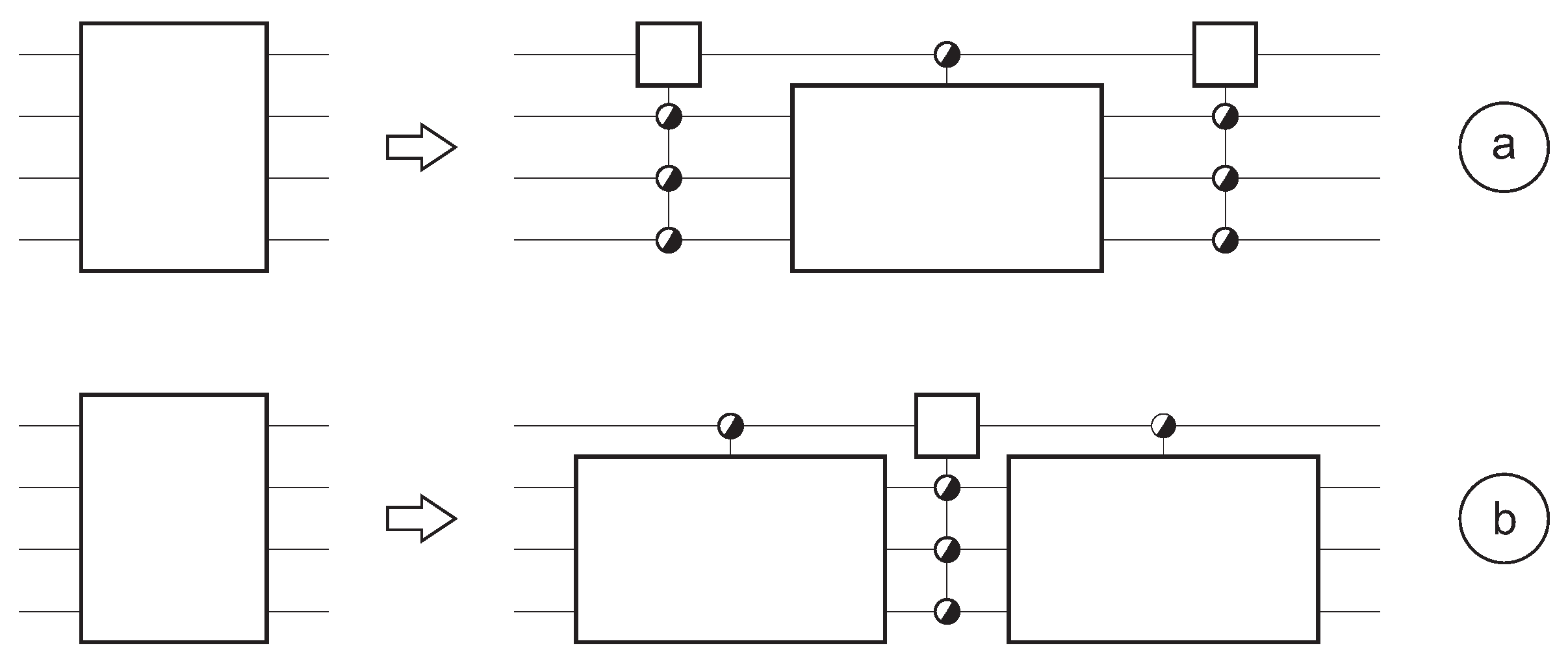
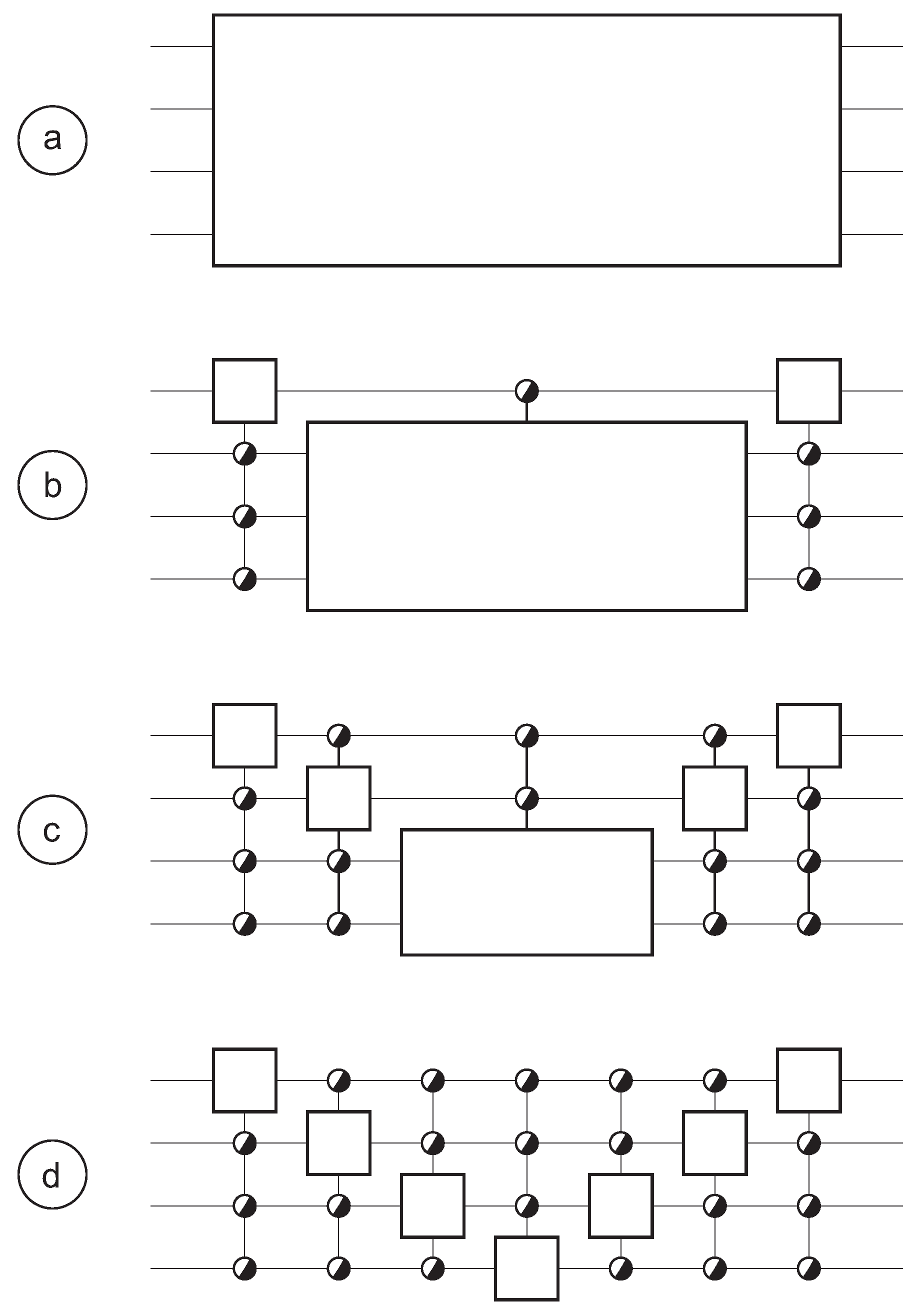
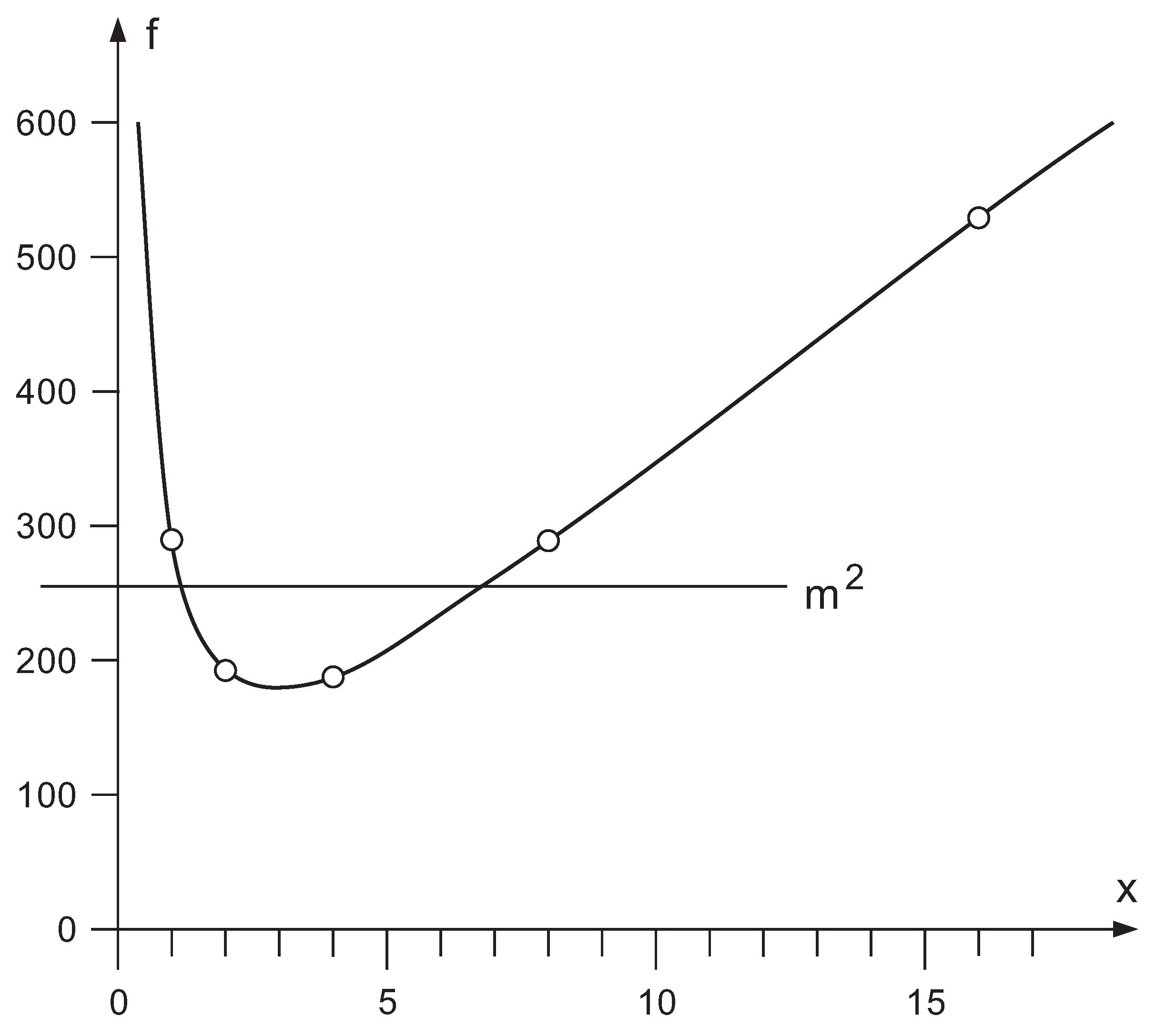
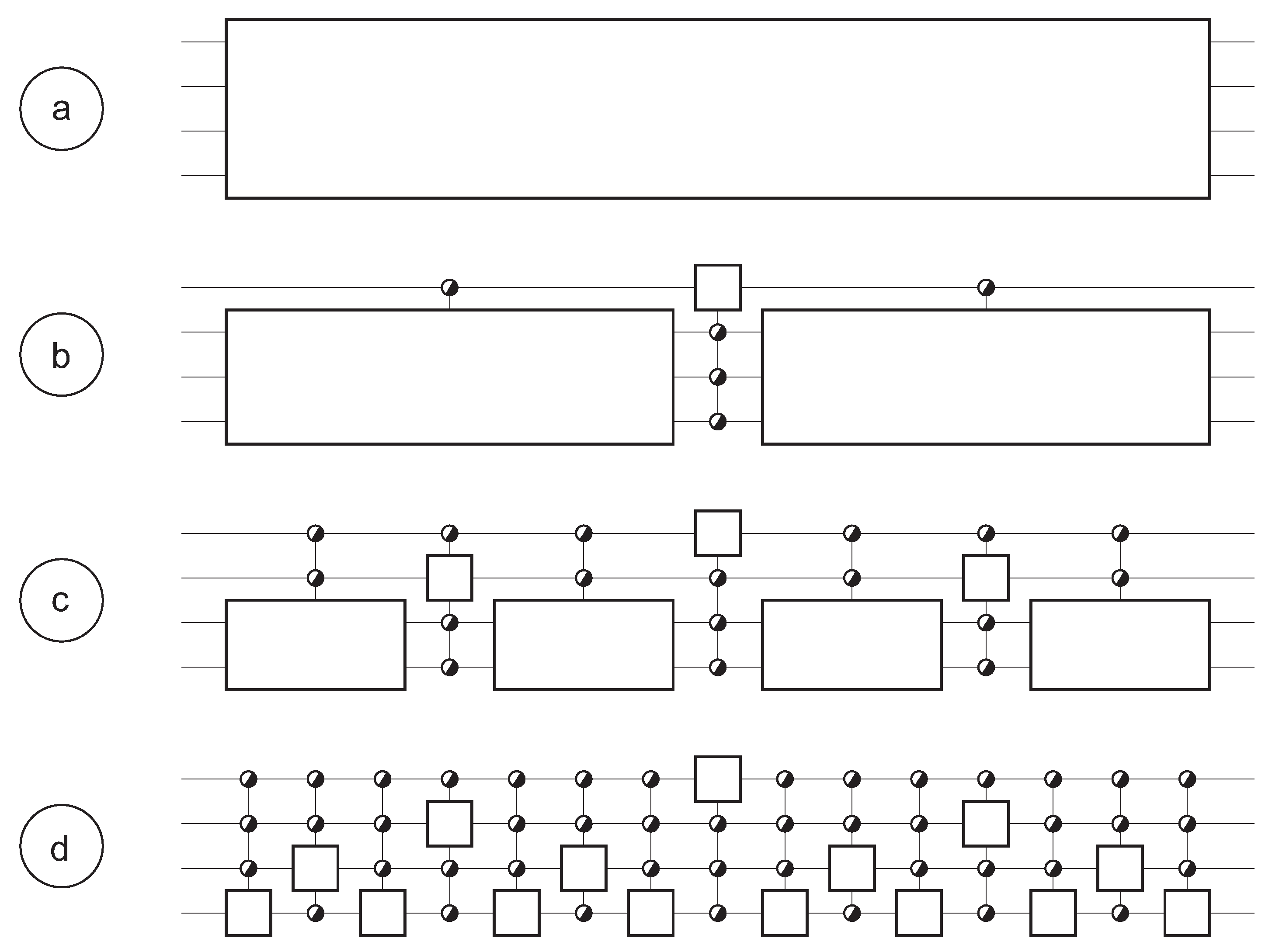
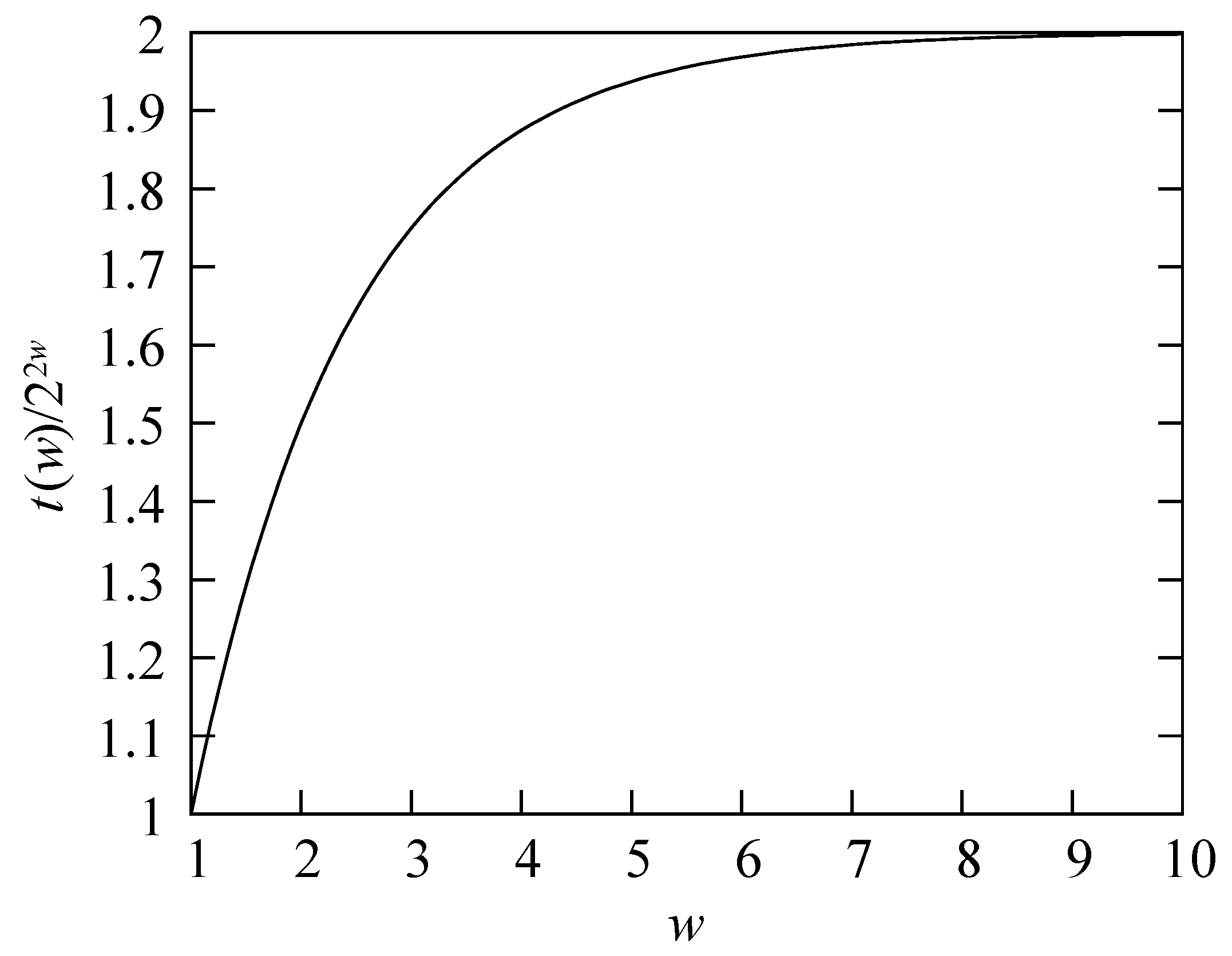
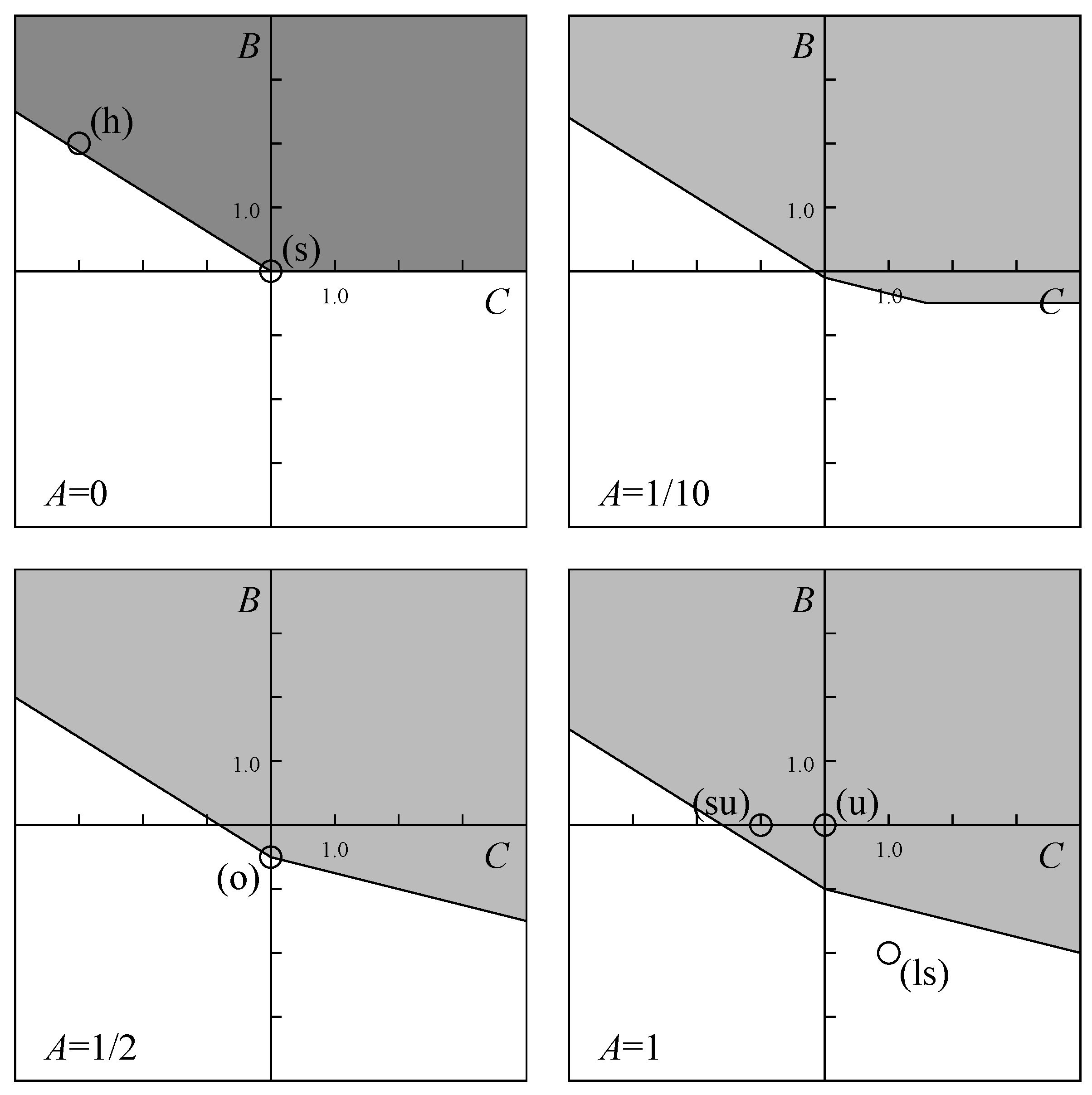
© 2011 by the authors; licensee MDPI, Basel, Switzerland. This article is an open access article distributed under the terms and conditions of the Creative Commons Attribution license (http://creativecommons.org/licenses/by/3.0/.)
Share and Cite
Vos, A.D.; Baerdemacker, S.D. Symmetry Groups for the Decomposition of Reversible Computers, Quantum Computers, and Computers in between. Symmetry 2011, 3, 305-324. https://doi.org/10.3390/sym3020305
Vos AD, Baerdemacker SD. Symmetry Groups for the Decomposition of Reversible Computers, Quantum Computers, and Computers in between. Symmetry. 2011; 3(2):305-324. https://doi.org/10.3390/sym3020305
Chicago/Turabian StyleVos, Alexis De, and Stijn De Baerdemacker. 2011. "Symmetry Groups for the Decomposition of Reversible Computers, Quantum Computers, and Computers in between" Symmetry 3, no. 2: 305-324. https://doi.org/10.3390/sym3020305
APA StyleVos, A. D., & Baerdemacker, S. D. (2011). Symmetry Groups for the Decomposition of Reversible Computers, Quantum Computers, and Computers in between. Symmetry, 3(2), 305-324. https://doi.org/10.3390/sym3020305




